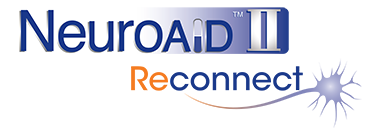Learn more about Stroke Units with Noemie and Professor Hossein
Professor Hassan Hosseini
Professor of Neurology,
Head of the Stroke Unit,
Henri Mondor University Hospital,
Creteil, France

Upon arrival at a stroke unit, an emergency physician assesses the condition of the patient. After a quick review of their basic cognitive functions, radiologists perform a CT scan to confirm that a stroke is taking place.
Once a stroke is confirmed, acute treatments might be used, depending on the type of stroke and the patient’s profile. This could be down to:
- Ischemic strokes triggered by a blood clot in the brain. The patient can be treated by thrombolysis to dissolve the clot or reduce its size. A thrombectomy can be performed to remove the clot.
- Haemorrhagic strokes are caused by a bleed in the brain. In this case, neurosurgery might be needed such as performing a decompressive hemicraniectomy to lower the pressure and resolve the bleeding.
Following these emergency treatments, the patient is monitored as they begin to recover. From here, rehab specialists such as speech therapists, physiotherapists and occupational therapists will work with physicians and neurologists to create a rehabilitation plan adapted to the patient.

When it comes to strokes, immediate treatment is essential for survival and to increase the chance of recovery. Treating patients at a dedicated facility such as a stroke unit allows for a rapid response with all the key personnel and resources needed in one place.
Follow us on social media!
References:
1. Let’s talk about Stroke Units with Noemie and Professor Hassan Hosseini video by Moleac Pte Ltd. (2022).
2. Understanding stroke-A guide for stroke survivors and their families book by Moleac Pte Ltd. (2014).
3. What is done in the hospital for stroke? Video by Moleac Pte Ltd. (2014).
Website: Moleac.com
Contact: info@moleac.com
This document does not constitute the practice of medical consultation nor medical advice. Always seek the advice of your treating physician and/or specialist.
All Rights Reserved by Moleac Pte Ltd, Helios #09-08, 11 Biopolis Way, Singapore 138667










